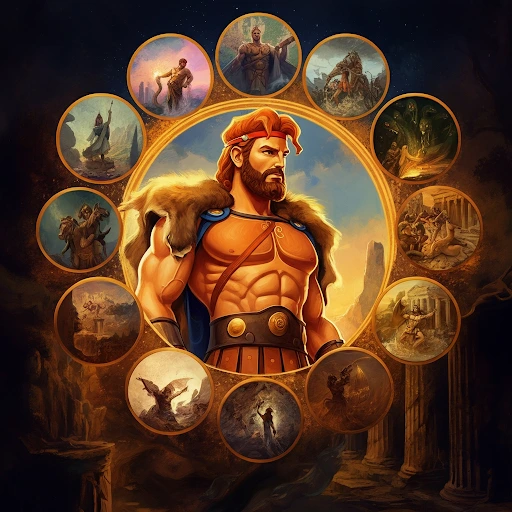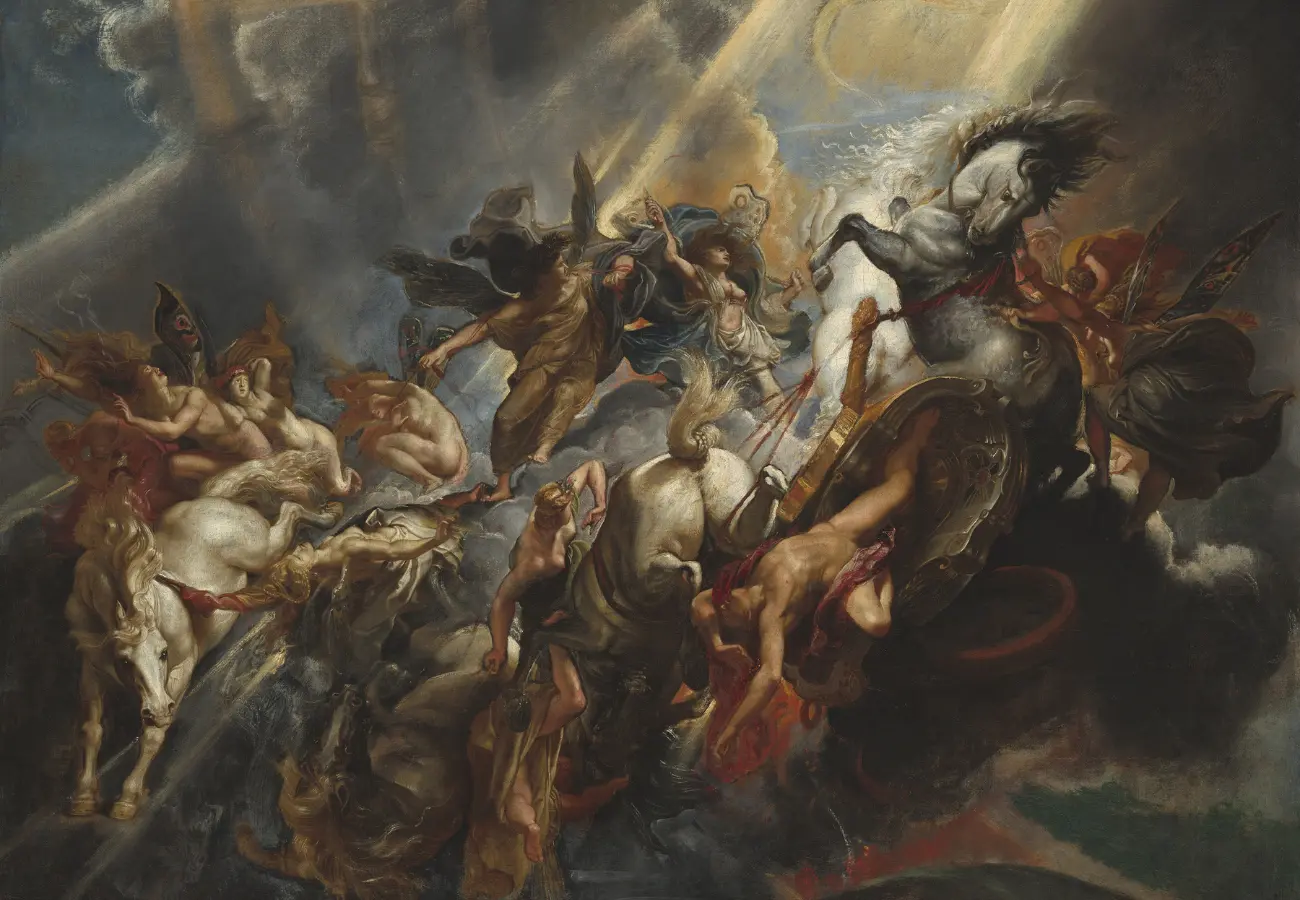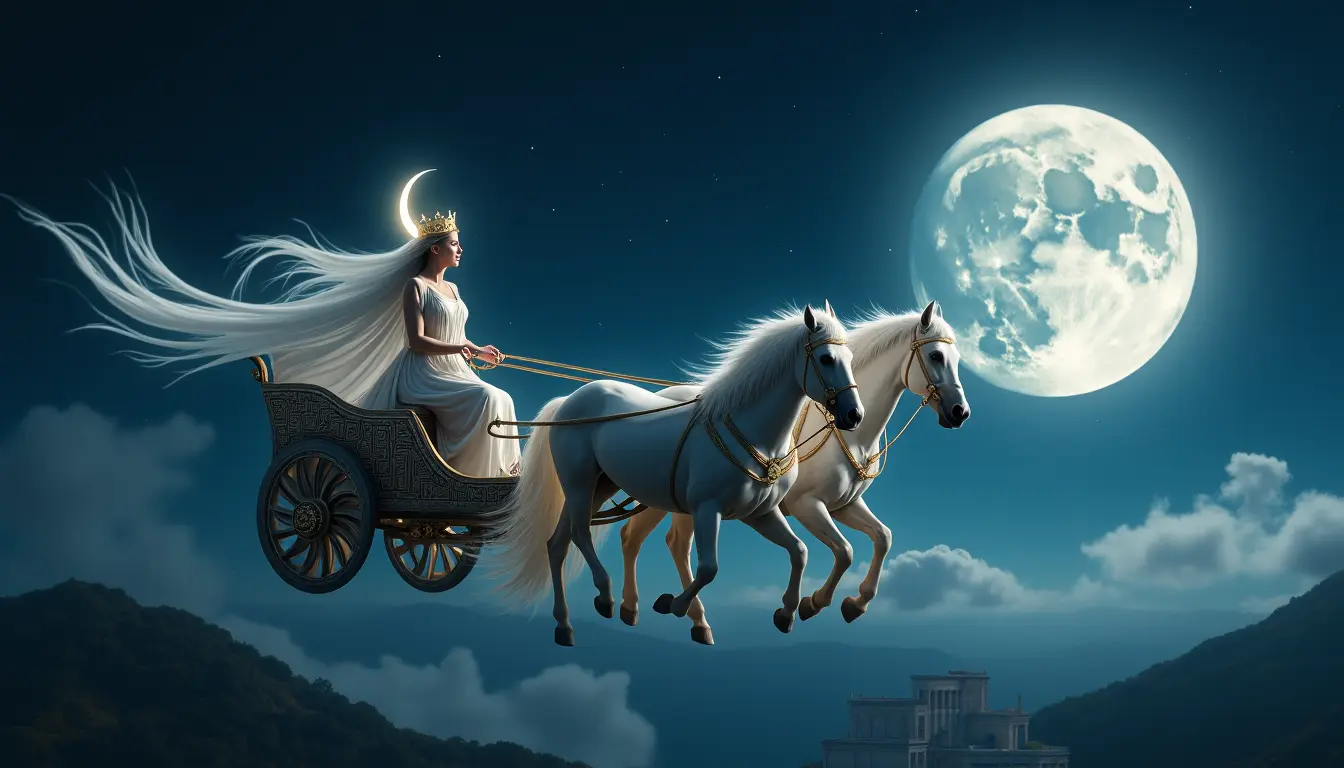

The 12 labors of Hercules Explained – Greek Mythology Summary
Hercules, the legendary hero of Greek mythology, stands out as one of the most iconic figures from the ancient world. Renowned for his unmatched strength and unwavering determination, his story continues to captivate and inspire awe even thousands of years later. Among his many exploits, the tale of his 12 Labors not only defines his legacy as a hero but also delves into profound themes such as redemption, perseverance, and the complex interplay between mortal weaknesses and divine influences.
The blog post delves into the renowned 12 Labors of Hercules, offering a concise summary of each labor, the circumstances leading to them, and the enduring lessons they provide. Whether you are a mythology enthusiast, a student of literature, or simply someone intrigued by the world of Greek mythology, this resource serves as an ideal companion for unraveling one of mythology’s most famous tales.
Who Was Hercules? Was He a God?
Hercules, also known as Herakles in Greek mythology, was born from an extraordinary union between Zeus, the king of the gods, and Alcmene, a mortal woman. This unique lineage made Hercules a demigod, blessed with divine strength but also subject to human vulnerabilities. From a young age, he displayed exceptional courage and strength, qualities that would define his life’s journey.
Despite being celebrated for his physical prowess, Hercules’ life was marred by hardship and tragedy, shaping him into a hero with deep flaws and relatable struggles. This dichotomy added layers to the myth of Hercules, portraying him as a complex and multifaceted figure who overcame immense challenges.
Why Did Hercules Face the 12 Labors?
To comprehend Hercules’ 12 Labors, one must first understand the wrath of Hera, Zeus’ wife. Consumed by anger over Zeus’ infidelities and envious of Hercules’ existence, Hera sought to plague him throughout his life.
Her malevolence reached a peak when she drove Hercules to madness, leading him to unwittingly kill his wife, Megara, and their children. Consumed by grief and seeking redemption, Hercules sought counsel from the Oracle of Apollo. The god directed him to serve King Eurystheus, Hera’s pawn, for 12 years and undertake a series of nearly impossible tasks—known as the 12 Labors of Hercules.
Interestingly, Hera did not directly order the labors, but her manipulative influence during them underscored her desire to witness Hercules fail.
The 12 Labors of Hercules
1. The Nemean Lion: Hercules’ first trial was to defeat a formidable lion with impervious golden fur. Using his immense strength, he strangled the lion to death and fashioned its hide into armor as a symbol of his invincibility.
2. The Lernean Hydra: Confronting the Hydra, a serpent with multiple heads that regrew when severed, Hercules, with the aid of his nephew Iolaus, cauterized each neck to defeat the beast. However, Eurystheus disqualified this labor due to Iolaus’ assistance.
3. The Hind of Ceryneia: Hercules was tasked with capturing the swift Ceryneian Hind, a sacred deer of Artemis, without harming it. After a year-long pursuit, he succeeded, demonstrating patience and precision.
4. The Erymanthean Boar: Hercules’ fourth labor involved capturing a wild boar terrorizing the countryside. He outwitted the boar by driving it into deep snow, subduing it for transport back to Eurystheus.
5. The Augean Stables: Assigned to clean King Augeas’ filthy stables, Hercules diverted rivers to wash away years of filth in a single day. Despite his ingenuity, Eurystheus invalidated this labor as Hercules negotiated payment for the task.
6. The Stymphalian Birds: Hercules faced man-eating birds with razor-like beaks and metallic feathers, driving them away with loud noises aided by Athena’s help.
7. The Cretan Bull: Capturing the formidable Cretan Bull, known for its strength and ferocity, Hercules subdued and transported it back to Eurystheus.
8. The Horses of Diomedes: Hercules tamed the flesh-eating horses of King Diomedes by feeding the king to the animals, making them easier to control.
9. The Belt of Hippolyte: Tasked with retrieving the belt of Hippolyte, queen of the Amazons, Hercules faced conflict due to Hera’s interference but ultimately secured the belt.
10. Geryon’s Cattle: Hercules embarked on a journey to retrieve the cattle of the three-bodied giant, Geryon, overcoming various obstacles and slaying the giant to deliver the cattle.
11. The Apples of the Hesperides: Eurystheus added two extra labors, including retrieving golden apples guarded by the Hesperides. With the help of Titan Atlas, Hercules outwitted him to obtain the apples while tricking Atlas into resuming his burden of holding up the sky.
12. Cerberus: In his final labor, Hercules descended into the Underworld to capture Cerberus, the three-headed guard dog of Hades. Relying on his strength, he subdued the beast and presented it to Eurystheus, completing his arduous challenge.
How Did Hercules Die?
Despite the fame garnered from his labors, Hercules’ mortal life ended tragically. Betrayed unknowingly by his wife Deianira, who gifted him a poisoned garment, he endured excruciating pain. Seeking solace, Hercules built his own funeral pyre and ascended to Mount Olympus through death, where he reconciled with Hera and was granted immortality, becoming a god.
Why Hercules’ Story Ends on a Happy Note
Hercules’ story resonates due to its portrayal of the human struggle with flaws, tragedy, and the quest for redemption. His labors symbolize resilience, courage, and personal growth, culminating in his eventual ascension to godhood, offering a hopeful and uplifting conclusion.
Beyond serving as an entertaining myth, Hercules’ 12 Labors serve as metaphors for overcoming challenges and achieving greatness. This enduring story continues to be taught, explored, and celebrated for its themes of heroism, human imperfection, and divine intervention.
For enthusiasts of Hercules’ adventures, this post serves as a valuable summary and resource, inviting further exploration of Greek mythology’s rich tapestry of stories and themes. Whether you seek to uncover deeper meanings or simply enjoy the epic tales of heroes and gods, Hercules’ saga remains a timeless and captivating narrative.







